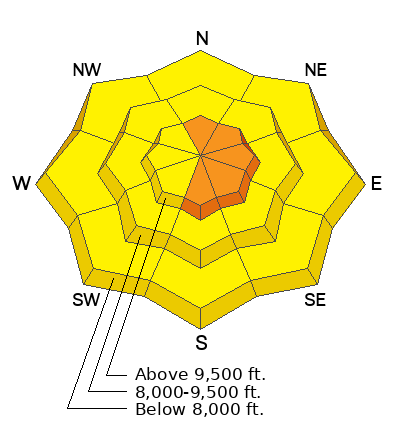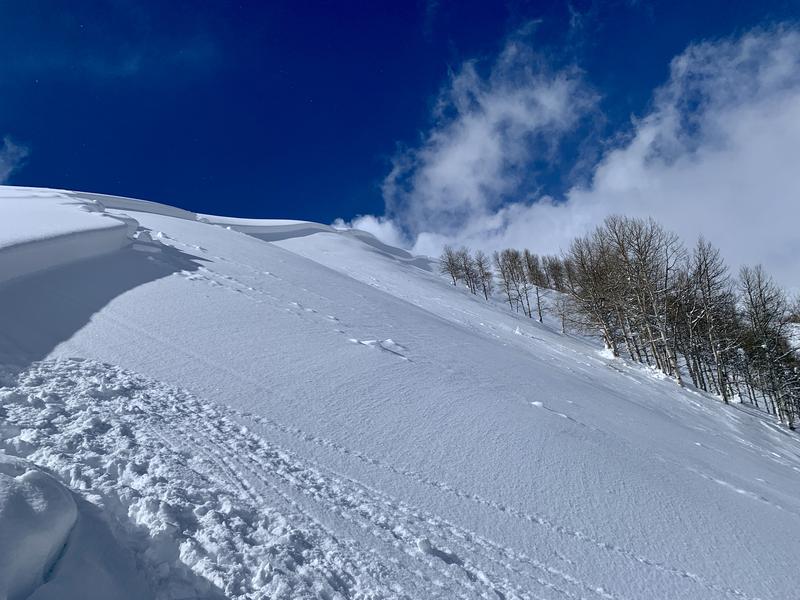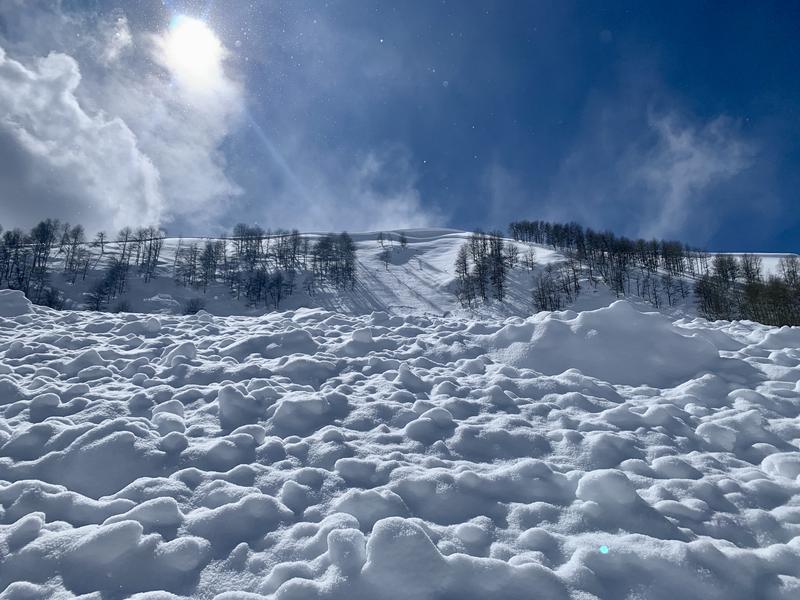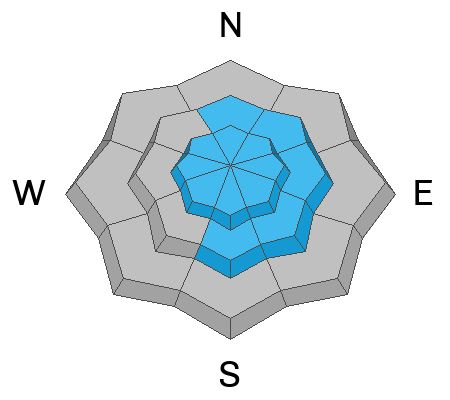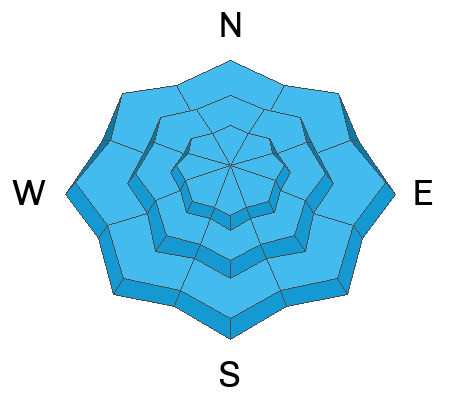We are in the process of finalizing a report about the March 9th avalanche fatality in the Uintas. Thank you for your patience, and we will publish the final report in coming days.
Thank you to everyone who donated to our Spring Campaign. We appreciate your support and look forward to creating new tools to help you stay safe in the backcountry.
Would you believe me if I told you it was still snowing?
The Provo mountains picked up 6-8" overnight combined with moderate to strong west to southwest winds.
Mountain temperatures are in the teens.
We should be seeing "peak" snowfall and winds this morning. We'll start to dry out (if only for a day or two) and possibly see a touch of blue by afternoon. Winds will lose steam and average 15mph along the 10k ridgelines.
Tuesday will be a bit of a break ahead of the next prolonged storm system that will bring at-times heavy snowfall Wednesday afternoon through Friday. 1-2' can be expected. The next storm is forecast for late weekend.
On
Saturday, a snowmobile remotely triggered a significant avalanche just south of the Ant Knolls in upper Snake Creek (above Heber/Midway). (pics 1, 2) This avalanche ripped out 2' deep and 700' wide on a steep easterly facing slope at 9400', failing on a thin layer of surface facets, and buried by the mid-week storm(s). It left large debris piles and barely overran the groomed Cummings Parkway track below.
What is troubling is that this was the only avalanche I noted in the vicinity; that I experienced no cracking or collapsing, and snow tests did not necessarily send a bunch of red flags. Also on Saturday, another skier remotely triggered a fresh soft slab of wind drifted snow nearby 10" deep, propagating 250' down the ridgeline.
How should this affect terrain choices for today?

